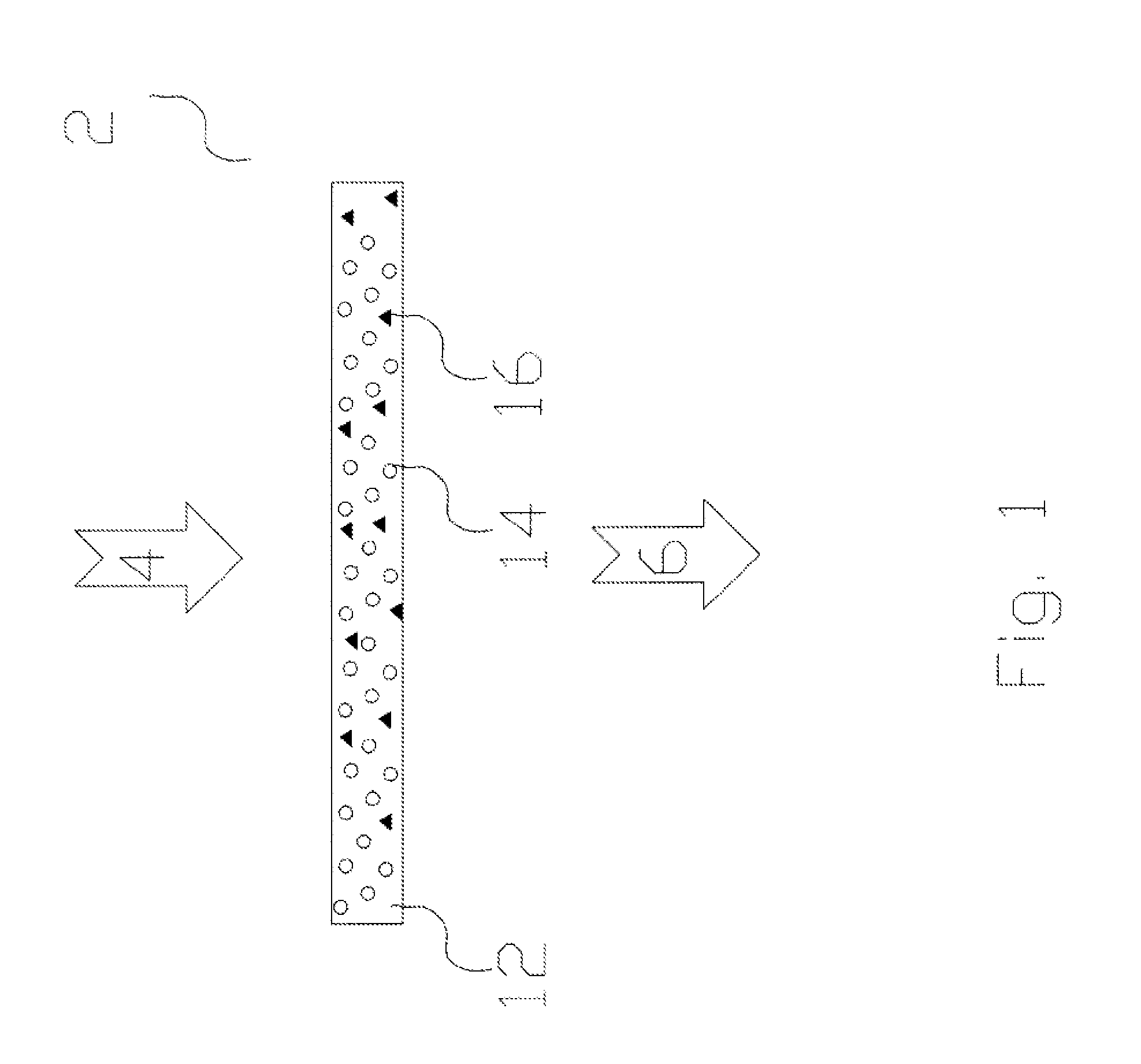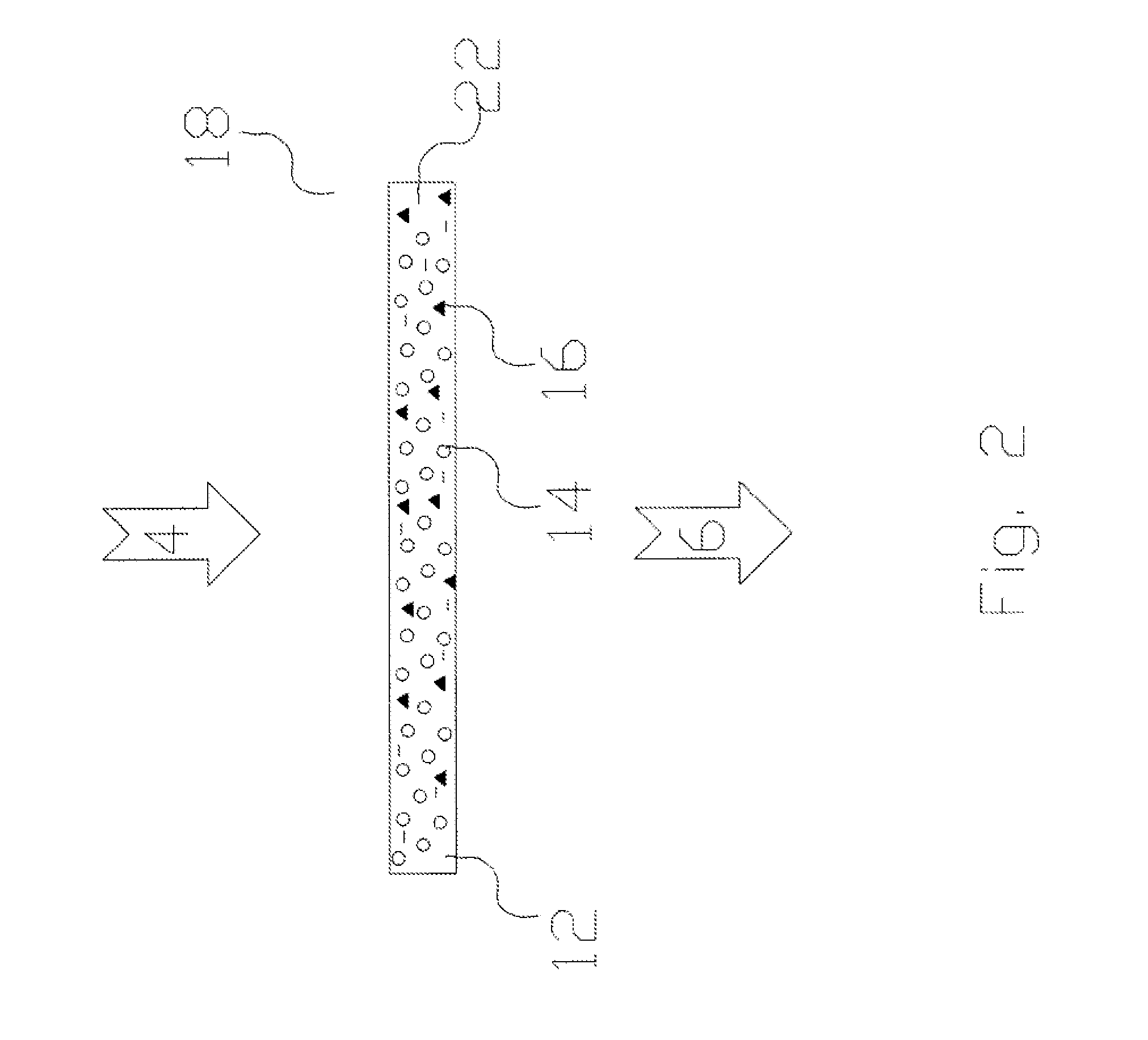Fast response photochromic composition and device
a composition and photochromic technology, applied in the direction of optical elements, vinyl aromatic copolymer adhesives, instruments, etc., can solve the problems of slow photochromic reaction time, heavy photochromic mineral glass lenses, and limited use of photochromic materials, so as to achieve fast back and forth fast change from transparent to tinted
- Summary
- Abstract
- Description
- Claims
- Application Information
AI Technical Summary
Benefits of technology
Problems solved by technology
Method used
Image
Examples
examples
[0045]Example: This Example demonstrates a composition of materials for creating a fast responding photochromic laminate, prepared and tested at the applicants laboratory.
[0046]The preparation of the three component photochromic laminate is as follows: A 25 mL vial is filled with 2 gr of a polyurethane adhesive as a matrix, 0.04 gr of a photochromic dye (Vivimed Labs Europe) as the photochromic material and 0.02 gr of carbon nanotubes coated with silver nanoparticles (Bioneer Corporation) as the thermal conductivity enhancing additive. The mixture is sonicated using an ultrasonic finger (Vibra Cell VCX-130), to disperse the nanotubes, and is further magnetically stirred until all the photochromic dye dissolves. A laminate is formed by applying an approximately 100 micron thick layer between two glass slides. The laminate is then exposed to UV light to cure the adhesive. Alternatively, the laminate cured by placing the laminate in an oven at 80° C. for 60 hours.
[0047]Testing of the p...
PUM
| Property | Measurement | Unit |
|---|---|---|
| Fraction | aaaaa | aaaaa |
| Fraction | aaaaa | aaaaa |
| Fraction | aaaaa | aaaaa |
Abstract
Description
Claims
Application Information
 Login to View More
Login to View More - R&D
- Intellectual Property
- Life Sciences
- Materials
- Tech Scout
- Unparalleled Data Quality
- Higher Quality Content
- 60% Fewer Hallucinations
Browse by: Latest US Patents, China's latest patents, Technical Efficacy Thesaurus, Application Domain, Technology Topic, Popular Technical Reports.
© 2025 PatSnap. All rights reserved.Legal|Privacy policy|Modern Slavery Act Transparency Statement|Sitemap|About US| Contact US: help@patsnap.com



